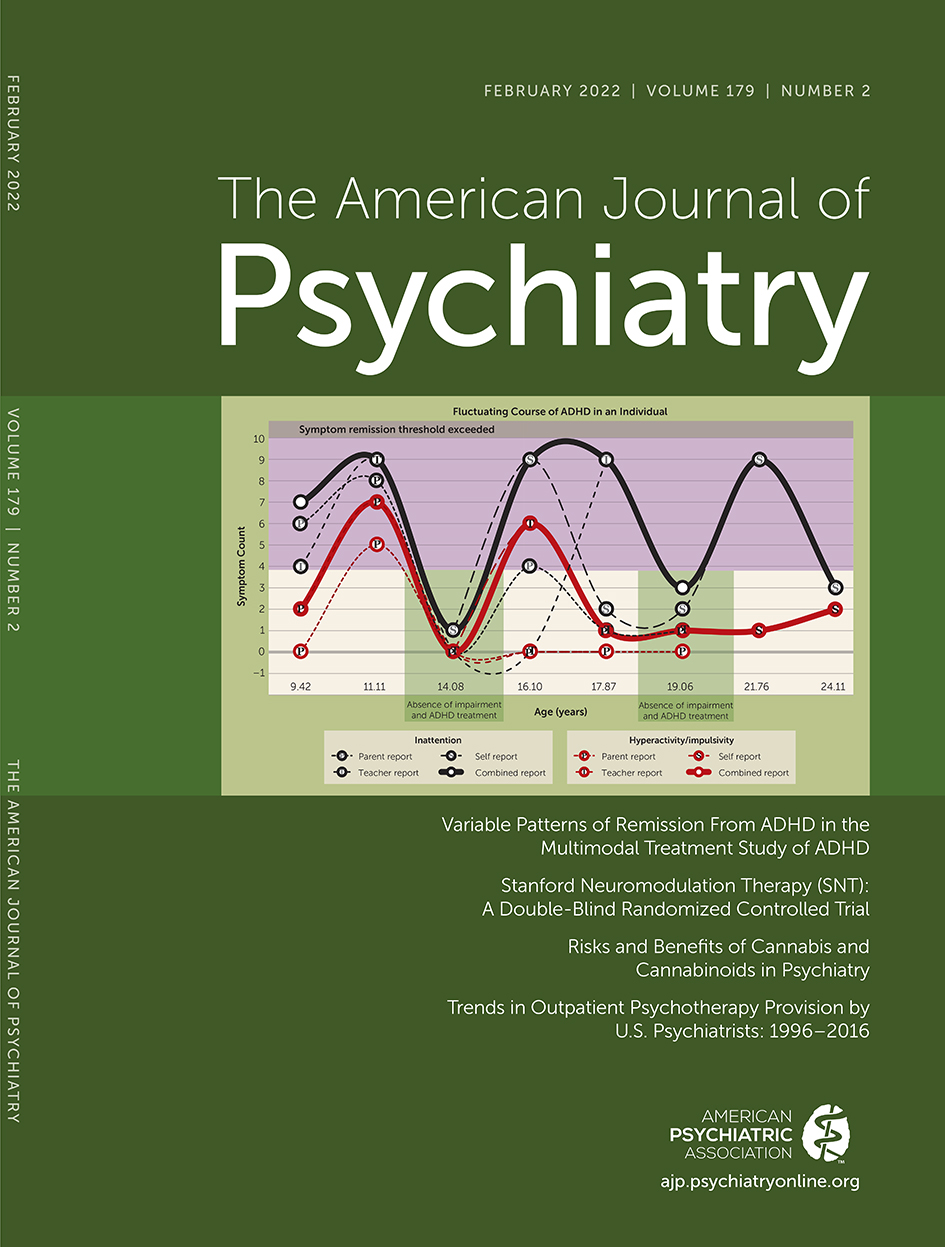REL-1017 (Esmethadone) as Adjunctive Treatment in Patients With Major Depressive Disorder: A Phase 2a Randomized Double-Blind Trial
Abstract
Objective: The purpose of this study was to examine the effects of REL-1017 (esmethadone), a novel N-methyl-d-aspartate receptor (NMDAR) channel blocker, in patients with major depressive disorder who failed to benefit from one to three standard antidepressant treatments in their current major depressive episode.
Methods: A 7-day phase 2 multicenter randomized double-blind placebo-controlled trial, comprising three arms, was conducted to assess the safety, tolerability, pharmacokinetics, and efficacy of two dosages of REL-1017 (25 mg or 50 mg orally once a day). Patients were randomly assigned in a 1:1:1 ratio to placebo (N=22), REL-1017 25 mg/day (N=19), or REL-1017 50 mg/day (N=21). Safety scales included the 4-item Positive Symptom Rating Scale for psychotomimetic symptoms, the Clinician-Administered Dissociative States Scale for dissociative symptoms, the Clinical Opiate Withdrawal Scale for withdrawal signs and symptoms, and the Columbia-Suicide Severity Rating Scale for suicidality. The primary efficacy endpoint was the Montgomery‐Åsberg Depression Scale (MADRS) score. All 62 randomly assigned patients were included in the full analysis set population analysis.
Results: Patients experienced mild or moderate transient adverse events and no evidence of dissociative or psychotomimetic effects, opioid effects, or withdrawal signs and symptoms. The improvement in MADRS score shown on day 4 in both of the REL-1017 dosage groups was sustained through day 7 (last dose) and day 14 (7 days after the last dose), with effect sizes from 0.7 to 1.0.
Conclusions: This trial showed favorable safety, tolerability, and pharmacokinetic profiles and suggests that REL-1017 may have rapid and sustained antidepressant effects compared with placebo in patients with inadequate responses to antidepressant treatments. These results will need confirmation in larger and longer trials.



